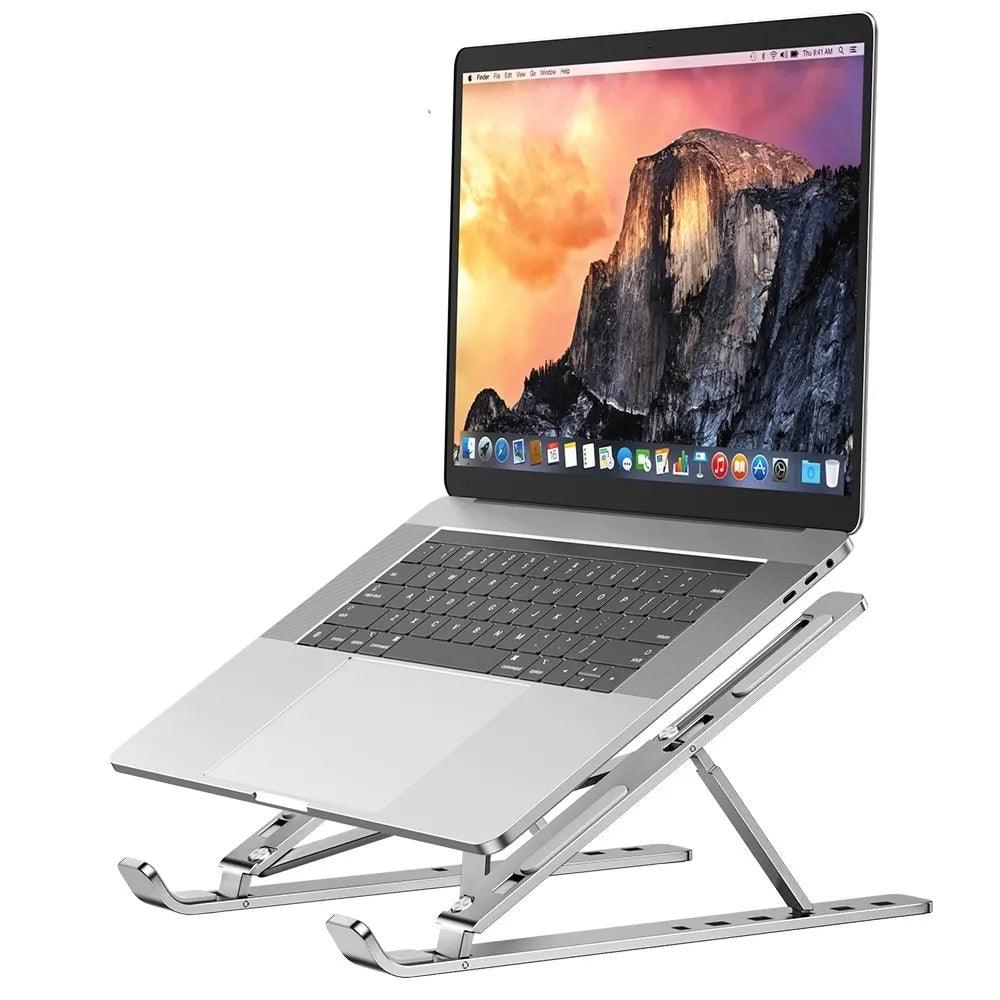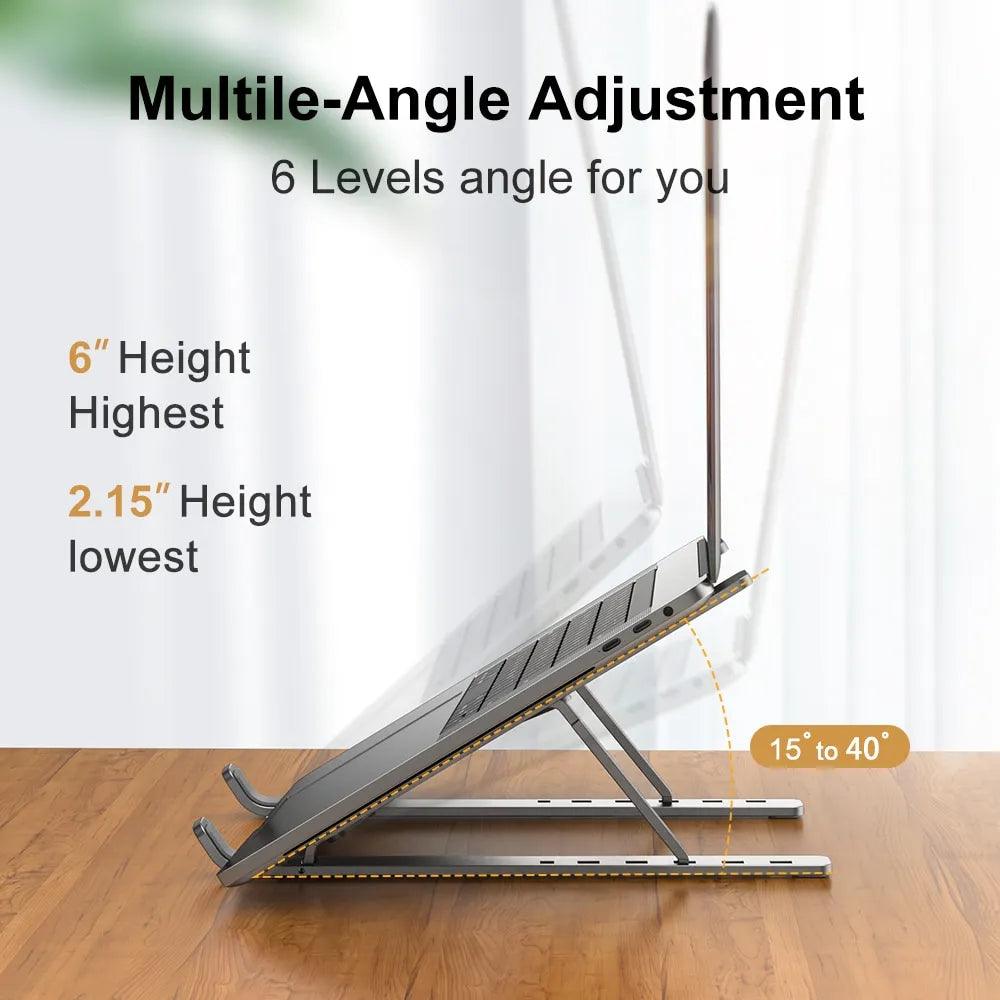Swift - Fast Charging Cable
Looking for high-quality cables to power up your devices? Look no further! Our range of Charging Cables is designed to meet all your needs. Whether you need a Lightning Cable for your Apple devices, a USB-C Cable for your latest gadgets, or a Micro USB Cable for older models, we have you covered.
Experience lightning-fast charging with our Fast Charging Cable, engineered for efficiency. Need something durable? Our Braided Charging Cable is built to last, while our Nylon Braided Cable offers tangle-free convenience. Worried about compatibility? Our Universal Charging Cable supports multiple ports, ensuring compatibility with a wide range of devices.
For peace of mind, opt for our MFi Certified Cable, guaranteeing quality and safety standards. Sync your data seamlessly with our Data Sync Cable, or enjoy quick charging with our Quick Charge Cable.
Keep your cables organized with our Charging Cable Organizer, and never deal with messy cables again. Invest in quality with our range of high-speed, retractable, and durable charging cables today!

































































































































































































































![[World Premiere] OSCAL Pad 15 Tablet Android 13 10.36inch 2K Display T606 Octa Core 16GB 256GB Tablet 8280mAh With 33W 4G LTE PC](http://ourlum.com/cdn/shop/files/Sb86cda92e0a4485782a13c7af844bfbeQ.webp?v=1714970818)
![[World Premiere] OSCAL Pad 15 Tablet Android 13 10.36inch 2K Display T606 Octa Core 16GB 256GB Tablet 8280mAh With 33W 4G LTE PC](http://ourlum.com/cdn/shop/files/S52b7d1363f104756ac1dcfdee171fc06Q.webp?v=1714970818)
![[World Premiere] Oukitel OT5 Tablet 12" FHD+ 12GB+256GB 11000mAh Android 13 Tablets 16MP Camera MTK Helio G99 Tablet Pad](http://ourlum.com/cdn/shop/files/Sb347cceb5ece49f7b5ca0dfdb09f79809.webp?v=1714970817)
![[World Premiere] Oukitel OT5 Tablet 12" FHD+ 12GB+256GB 11000mAh Android 13 Tablets 16MP Camera MTK Helio G99 Tablet Pad](http://ourlum.com/cdn/shop/files/S31b1aba682b749afbf249ad9efd06e2bl.webp?v=1714970816)










![[World Premeire] HOTWAV Pad 11 Tablet 11'' 2K Display 8000mAh Battery PC Mode Pad 12(6+6)GB RAM 256GB ROM Widevine L1 Tablet PC](http://ourlum.com/cdn/shop/files/S53a1b0270e974fefabb1eebb4bcece35K.webp?v=1714970829)
![[World Premeire] HOTWAV Pad 11 Tablet 11'' 2K Display 8000mAh Battery PC Mode Pad 12(6+6)GB RAM 256GB ROM Widevine L1 Tablet PC](http://ourlum.com/cdn/shop/files/Scf8f780dcf76455c917a7ba1f425b84ea.webp?v=1714970827)










![[World Premiere]UMIDIGI A15 Tab Android 13 Smart tablet 8+8GB RAM 256GB ROM 11" 2K HD+Display 7500mAh Mega Battery 13MP Camera](http://ourlum.com/cdn/shop/files/Sc3c7e9865e47422caff6474e2cc971eex.webp?v=1714970842)
![[World Premiere]UMIDIGI A15 Tab Android 13 Smart tablet 8+8GB RAM 256GB ROM 11" 2K HD+Display 7500mAh Mega Battery 13MP Camera](http://ourlum.com/cdn/shop/files/S7c466ca0dc004ec88e21964ecb0cfb84Y.webp?v=1714970841)


















![[World Premiere] Oscal Pad 18 Tablet Android 13 24GB(12+12) 256GB 11'' FHD+ Display Octa Core 8800mAh Battery 13MP Camera 4G PC](http://ourlum.com/cdn/shop/files/Sc8d93ce010ff4127af84f8fc2da03ce4r.webp?v=1714970890)
![[World Premiere] Oscal Pad 18 Tablet Android 13 24GB(12+12) 256GB 11'' FHD+ Display Octa Core 8800mAh Battery 13MP Camera 4G PC](http://ourlum.com/cdn/shop/files/Sb863bdaded38412c8faa47f535d8b0ca8.webp?v=1714970891)
























